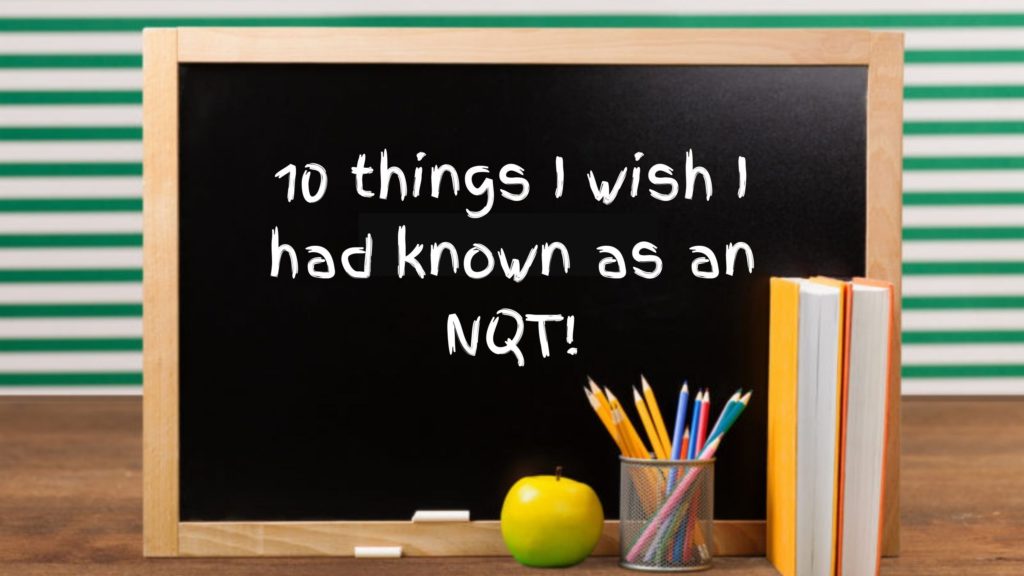Disadvantaged Students Strategy

The vast majority of schools will have a cohort of pupils termed ‘disadvantaged’ and school leaders will have in a strategy in place to assist these pupils in reaching their full potential.
The strategy outlined below comes from a head teacher who led sustained success in closing the attainment gap between disadvantaged pupils and their peers.
A useful framework to enhance the work in your school?
(DS= disadvantaged)
Emotional phase
- HT must feel the importance of DS achieving well – if the school doesn’t do it no one will
- SLT must also be persuaded of this
- Then MLT and on to all staff
Possible strategies to win staff over
- Case studies of students with info about their backgrounds (anonymised)
- Staff who were DS talking about the challenges they may have faced
- Discussions based on above and possible outcomes for these students if the school does nothing different
Structures
- Essential to have a member of the SLT who has the progress of DS as key responsibility. They must be well regarded, be highly persuasive and deeply committed to this work
- DS progress to be a key part of the SDP and clearly reported in the SEF and HT reports to governors
- HODs and HOYs must have responsibility for DS in their areas added to job profiles
- Establish a governor working group with responsibility for DS progress to meet reg with SLT lead and give update to both relevant governor committee and full governor meetings
- Carefully developed pupil premium statement which should be mostly put together by SLT lead
- SLT who lead on different areas e.g. attendance, behaviour, extra-curriculum, must monitor and report on DS – we kept records of who got involved in different house activities. Also need to monitor that DS assume student leadership opportunities in the school
- Role of non-teaching welfare team – must know who DS are and be monitoring attendance, behaviour, progress etc. HSLW likely also to have an important role here – consider using pupil premium funding to pay for at least part of their roles
- Attendance- DS absence reported to HOYs and SLT daily by attendance lead. Even though texts/calls may have been made already HOYs to also call home to any DS child who has been absent to check all ok and when they will be back
Teaching
- Teachers must be aware of who is DS in their classes. Must also be shown on SIMS mark sheets.
- When questioning class have DS as a priority.
- Careful thought about seating plan to make sure DS are sat next to supportive peers.
- When moving around monitoring students make sure particularly check work of DS.
- When marking books they are the first to do.
- When checking h/w same
L & M
- All lesson observations, drop ins, work scrutiny to have a focus on DS included. Feedback to DS and its impact to be particularly closely checked as identified as one of the most effective strategies for improving progress by the Sutton Trust
- Appraisal and performance related pay linked closely to progress of DS (including for all SLT, HT, both for main responsibilities and the areas they may line manage)
- Consider carefully any additional structure or staffing put in place and analyse for impact e.g. extra TAs, if low ability classes have been especially set up, use of additional tutors – be prepared to change if it isn’t working.
- Look carefully at the curriculum- how effective is the guidance DS pupils are getting? Are they getting additional guidance e.g. careers? Are there additional activities to raise aspirations particularly for High Ability DS? How effective are they?
Credit to Peter Rodin
So, some questions to help evaluate where you are now?
What are your ambitions for disadvantaged pupils / students, where will we see them exemplified and in your practice?
What are you doing / have you done to raise expectations of what pupils/students can achieve amongst;
- Pupils / students – how are aspirations developed
- Your teaching staff
What specific outcomes are you aiming to achieve for disadvantaged pupils with the funding?
What are your greatest success and where are you yet to make a difference?
- Raising outcomes
- Accelerating progress
- Increasing opportunities
- Improving attendance
- Developing behaviour – attitudes to learning
- Addressing emotional health
What interventions are having the greatest impact, how do you know?








Thanks Diana, really practical and clear guidance. I had never thought of asking a member of our staff who been ‘DS’ to speak about the challenges they faced. It’s a strategy that lends itself to so many areas. Really great, thank you.